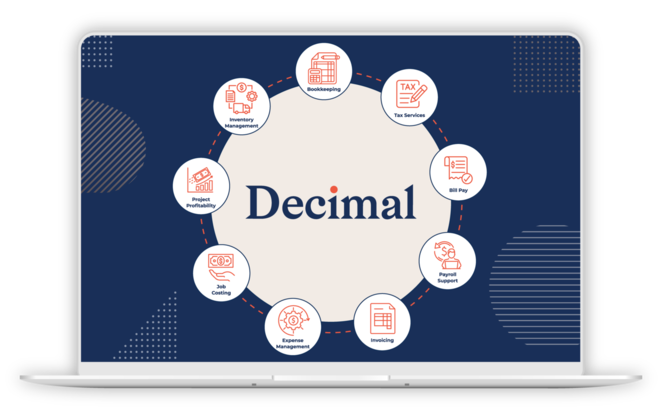You do not need a fancy certification or a weekend retreat to be an effective coach. Honestly, some of the best coaching happens in between the big stuff - during a quick Teams/Slack check-in, a five-minute hallway convo, or a casual end-of-day wrap-up. If you are leading in an accounting firm, there is a good chance you are already halfway there. You just need to sharpen a few tools.
Coaching is smart leadership
Leadership is shifting. Delegating tasks and reviewing deadlines might keep the wheels turning, but if you want your team to grow (and stick around), you must do more than manage. You have got to coach. Coaching is how you help someone bridge the gap between where they are and where they could be - and yes, it is just as relevant in public accounting as it is in sports or startups.
Especially in a profession built on accuracy, structure, and process, the human side of leadership can get buried. But let us be clear: the best processes in the world do not matter if your people are disengaged. Coaching brings people back into the center. It improves communication, builds trust, and helps connect daily grinds to long-term goals. And no, it does not have to take hours of your week.
Imagine this: a team member misses a deadline. Your instinct? Jump in, fix it, and keep moving. That might get you through today, but it will not prevent the same issue tomorrow. Now imagine taking a breath and asking, "What got in the way?" That simple shift can open the door to process improvement, better communication, and a stronger team. Coaching is not about being soft. It is about being smart.
A quick-hit coaching checklist
Below is a quick-hit checklist of coaching techniques you can drop into your day right now. They are short, powerful, and designed for real-life leadership—the kind that happens in the middle of client calls, project reviews, and everything in between.
✅ Start with curiosity, not assumptions
Step: Ask open-ended questions like, "What is your take on this?" or "What challenges are getting in the way?"
Why it works: Jumping straight to a solution or critique shuts down conversation. Leading with curiosity opens space for insight, reflection, and ownership.
✅ Use the "One Thing" question
Step: Ask, "What is one thing you could do this week to move this forward?"
Why it works: It removes overwhelm, invites focus, and encourages action. The "one thing" approach helps break large goals or challenges into manageable steps.
✅Reflect what you hear
Step: Paraphrase key points: "It sounds like you are frustrated by the timeline but motivated by the goal."
Why it works: Reflection builds psychological safety and shows that you are actively listening. This approach builds trust and encourages openness.
✅Ask before advising
Step: Instead of jumping in with solutions, try, "Would you like a suggestion, or do you want to think it through a bit more?"
Why it works: It respects the other person’s autonomy and allows space for them to take the lead in their own development. This level of self-direction is a core element of effective coaching.
✅Spot strengths and name them out loud
Step: Say things like, "You really stayed composed under pressure" or "Your attention to detail really helped us avoid an issue."
Why it works: People often overlook their own strengths. Naming them out loud builds confidence and reinforces positive behavior.
✅End with ownership
Step: Close with, "What is your next step?" or "What would success look like by next week?"
Why it works: Ending with action-oriented clarity reinforces accountability and keeps momentum going between conversations.
✅Make Space for Silence
Step: When you ask a question, give the other person a few seconds to think before you speak again.
Why it works: Silence can feel awkward, but it gives people time to process and respond thoughtfully. You are not rushing them. You are creating space for them to find their own insight.
What’s next?
This is not about adding another thing to your to-do list. It is about shifting how you show up. Start by picking one technique and trying it out this week. See how it feels. Coaching is not something reserved for annual reviews or career planning sessions. It is a valuable tool in the everyday moments when your team needs clarity, encouragement, or a thoughtful push in the right direction.
So here is your challenge: Who on your team could use a confidence boost this week? Where might you be solving problems instead of developing problem-solvers? Choose one of these techniques and give it a go. Watch what shifts. Then do it again.
Small moves make a big difference. And if you want a team that is not just productive, but actually engaged, then these coaching habits are your secret weapon. Say less. Lead better. Start now.
.png?width=150&height=63&name=TWRlogo-regmark_blueblack%20(1).png)
.png)










Do you have questions about this article? Email us and let us know > info@woodard.com
Comments: